Second in a two-part infographic series from The Council of State Governments Justice Center exploring the roles of the juvenile justice and education systems in keeping youth in school and on course for a successful future.

Part 2
How probation can do more harm than good when it comes to keeping youth in school and on track
An unprecedented research study conducted by The Council of State Governments Justice Center found that youth placed on probation had more school absences during their first year of supervision than prior to being placed on probation.


Over 288,000 youth are placed on some form of probation every year at a cost of over $2 billion annually, and at least some of these youth end up on probation because of concerns about their school attendance.
Yet available research suggests that system supervision is not an effective tool for improving youth’s school attendance.
Mandatory daily school attendance, and sometimes even grade improvement, are standard conditions for youth placed on probation in most jurisdictions.
Such conditions require probation officers to spend significant time monitoring attendance and making school visits, even when school issues are unrelated to the causes of youth’s delinquent behavior.


School visits from officers can result in youth being stigmatized, making it more difficult for youth to stay in school and comply with court orders.
Court hearings, probation appointments, and other supervision requirements can also lead to missed time in the classroom.


Nationwide, almost 20% of youth who are detained and 15% of youth who are incarcerated in state custody are detained or incarcerated due to a violation of probation conditions.

Zero-tolerance court/probation orders set adolescents up for failure, often resulting in further system sanctions, extended probation, or out-of-home placement.
Such punishments are ineffective and costly.

Probation should not be used solely to address youth’s school challenges.
If youth are placed on probation for other reasons, probation agencies and courts should limit supervision requirements to only those related to public safety, and partner with other entities—outside the classroom—to provide services and supports that promote youth’s school engagement and success.

Jurisdictions should identify opportunities to adopt more research-based, developmentally appropriate approaches to improve school attendance and performance for youth under system supervision.

